• A wonderfully unrestored example • Featured on the programme 'Chasing Classic Cars' Boyhood friends William S Harley and Arthur Davidson began experimenting with powered transport in the early 1900s, producing their first complete motorcycle in 1903. Little more than a motorized bicycle, the prototype Harley-Davidson proved fragile, prompting a major redesign and the establishment of a reputation for ruggedness that endures to this day. Like many of their contemporaries, Harley-Davidson laid out their first engine along De Dion lines. A single-cylinder four-stroke displacing 25ci (400cc), the latter remained in production essentially unchanged until superseded by a 35ci cubic-inch (575cc) version in 1909. Of greater significance though, was the appearance that same year of the firm's first v-twin. Dropped at the year's end, the twin returned for 1911 in redesigned form boasting mechanically operated inlet valves (replacing the 'atmospheric' type inherited from the single) and production really took off. Known by the sobriquet 'pocket valve', this inlet-over-exhaust engine - built in 61ci (989cc) and 74ci (1213cc) capacities - would remain in production for the next 20 years. The Harley single's transmission arrangements – leather belt direct drive - were continued at first on the twin, but the need to make better use of the engine's power characteristics, particularly for sidecar pulling, prompted the introduction of a two-speed rear hub for 1914, mandating chain drive and a proper clutch be adopted. Later that same year a conventional, three-speed, sliding-gear transmission with 'step starter' was introduced on the top-of-the-range twin, with full electrical equipment, listed from then on as the Model J. Two important developments in the twin's evolution occurred in 1916: the most immediately obvious being the adoption of a gently curved fuel tank replacing the slab-side. Inside the engine, the cams were altered from two-lobe to four-lobe, making alterations to valve timing - previously achieved by reshaping the followers - that much simpler. The Harley-Davidson twin in this general outline would endure for the next eight years. A true survivor that has sat untouched for many decades. A superb discovery this Harley Davidson is a time capsule machine even rolling on a period tire. Parked many years ago and never tinkered with this fine machine sat in indoor storage and has only just recently seen the light of day when it was discovered by Wayne Carini. Featured on an episode of Chasing Classic Cars this Harley has not been touched in that time and is offered straight from the barn. To find such a significant Harley in this sort of condition is so rare and that it remained hidden away for so long is remarkable and survives in a fine state of preservation. A wonderful machine and a great discovery. A superbly preserved important Harley model and one that one who's discovery has been immortalized on television. For any serious collector interested in originality this one surely ticks all the boxes.
• A wonderfully unrestored example • Featured on the programme 'Chasing Classic Cars' Boyhood friends William S Harley and Arthur Davidson began experimenting with powered transport in the early 1900s, producing their first complete motorcycle in 1903. Little more than a motorized bicycle, the prototype Harley-Davidson proved fragile, prompting a major redesign and the establishment of a reputation for ruggedness that endures to this day. Like many of their contemporaries, Harley-Davidson laid out their first engine along De Dion lines. A single-cylinder four-stroke displacing 25ci (400cc), the latter remained in production essentially unchanged until superseded by a 35ci cubic-inch (575cc) version in 1909. Of greater significance though, was the appearance that same year of the firm's first v-twin. Dropped at the year's end, the twin returned for 1911 in redesigned form boasting mechanically operated inlet valves (replacing the 'atmospheric' type inherited from the single) and production really took off. Known by the sobriquet 'pocket valve', this inlet-over-exhaust engine - built in 61ci (989cc) and 74ci (1213cc) capacities - would remain in production for the next 20 years. The Harley single's transmission arrangements – leather belt direct drive - were continued at first on the twin, but the need to make better use of the engine's power characteristics, particularly for sidecar pulling, prompted the introduction of a two-speed rear hub for 1914, mandating chain drive and a proper clutch be adopted. Later that same year a conventional, three-speed, sliding-gear transmission with 'step starter' was introduced on the top-of-the-range twin, with full electrical equipment, listed from then on as the Model J. Two important developments in the twin's evolution occurred in 1916: the most immediately obvious being the adoption of a gently curved fuel tank replacing the slab-side. Inside the engine, the cams were altered from two-lobe to four-lobe, making alterations to valve timing - previously achieved by reshaping the followers - that much simpler. The Harley-Davidson twin in this general outline would endure for the next eight years. A true survivor that has sat untouched for many decades. A superb discovery this Harley Davidson is a time capsule machine even rolling on a period tire. Parked many years ago and never tinkered with this fine machine sat in indoor storage and has only just recently seen the light of day when it was discovered by Wayne Carini. Featured on an episode of Chasing Classic Cars this Harley has not been touched in that time and is offered straight from the barn. To find such a significant Harley in this sort of condition is so rare and that it remained hidden away for so long is remarkable and survives in a fine state of preservation. A wonderful machine and a great discovery. A superbly preserved important Harley model and one that one who's discovery has been immortalized on television. For any serious collector interested in originality this one surely ticks all the boxes.
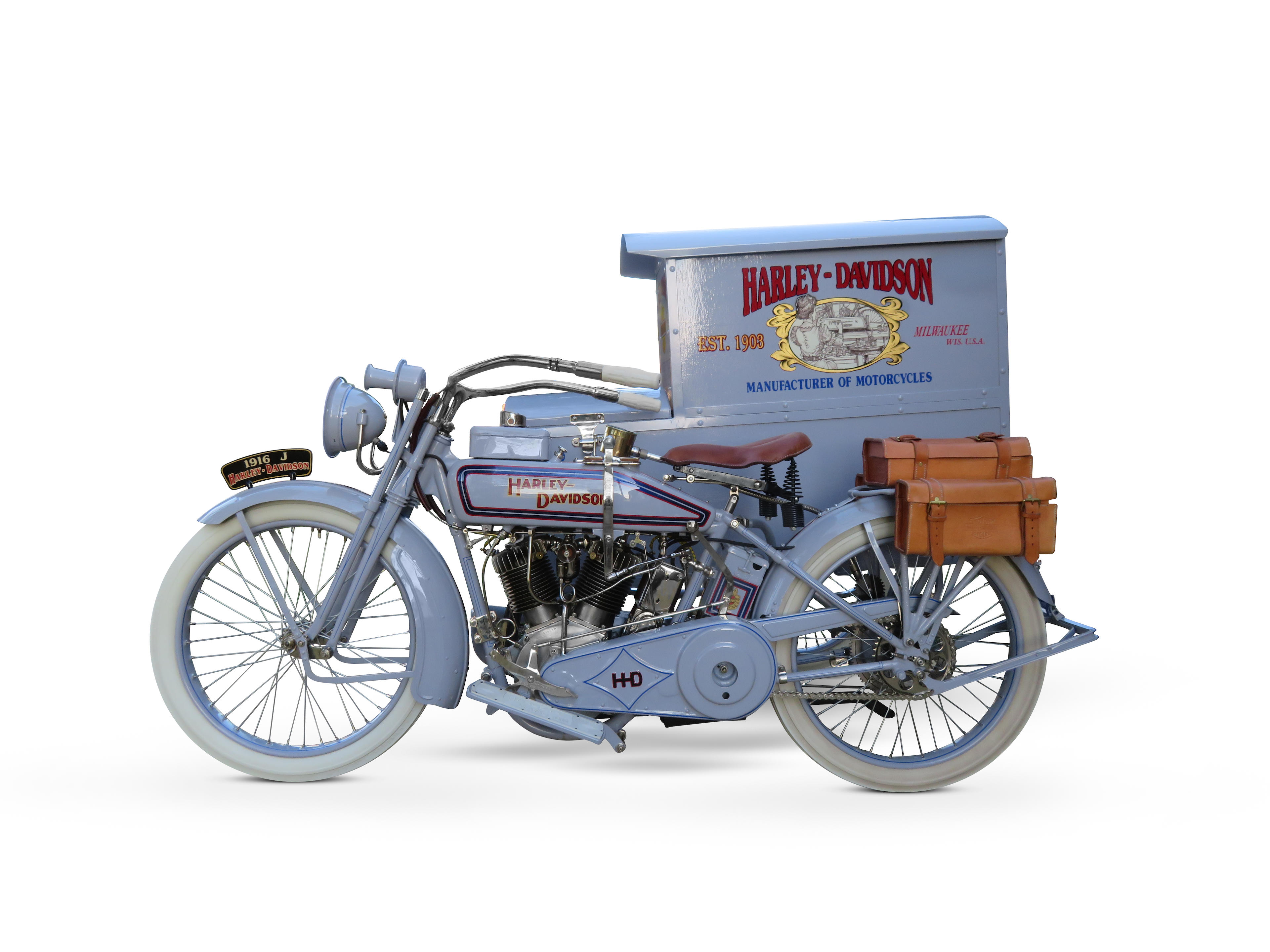
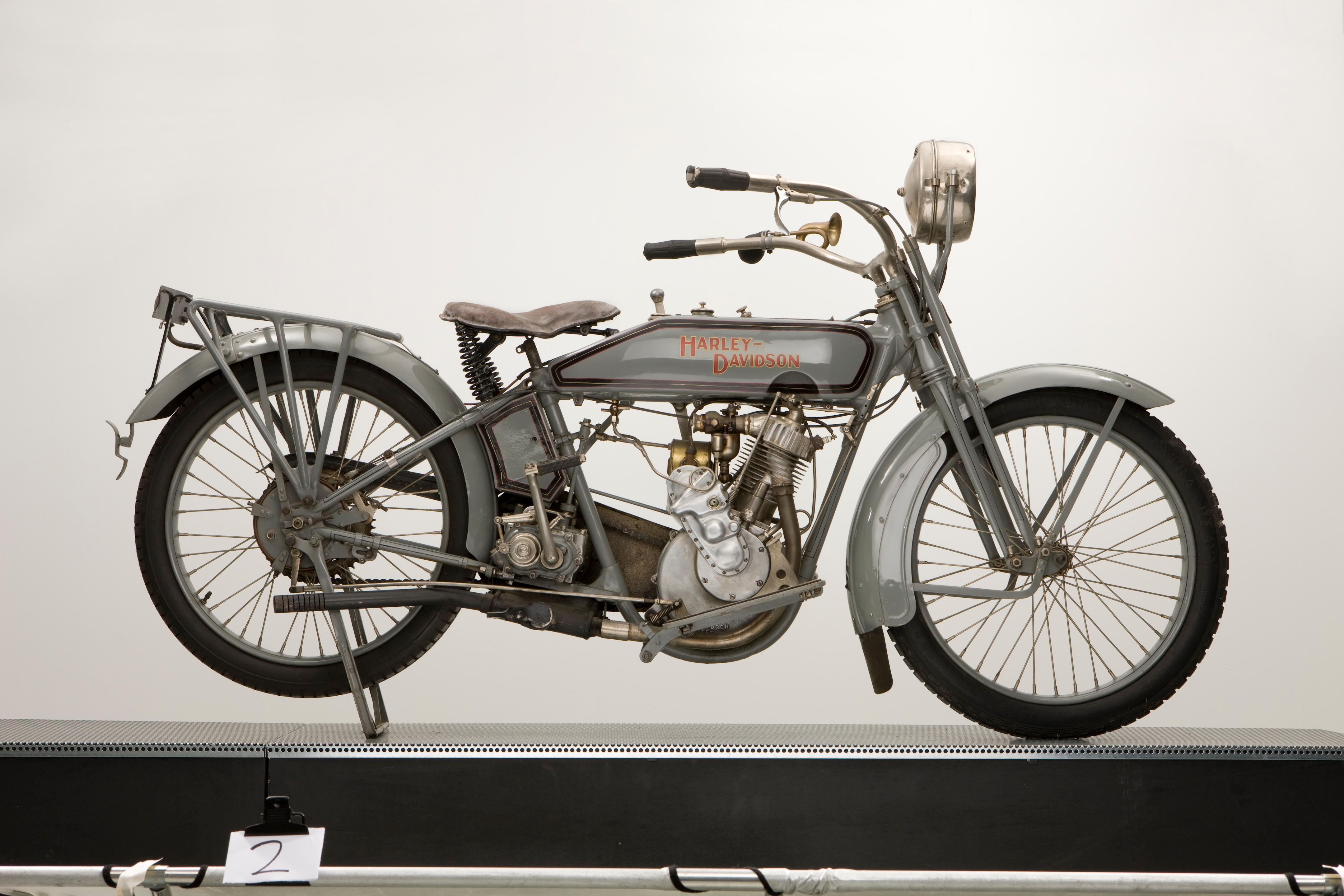
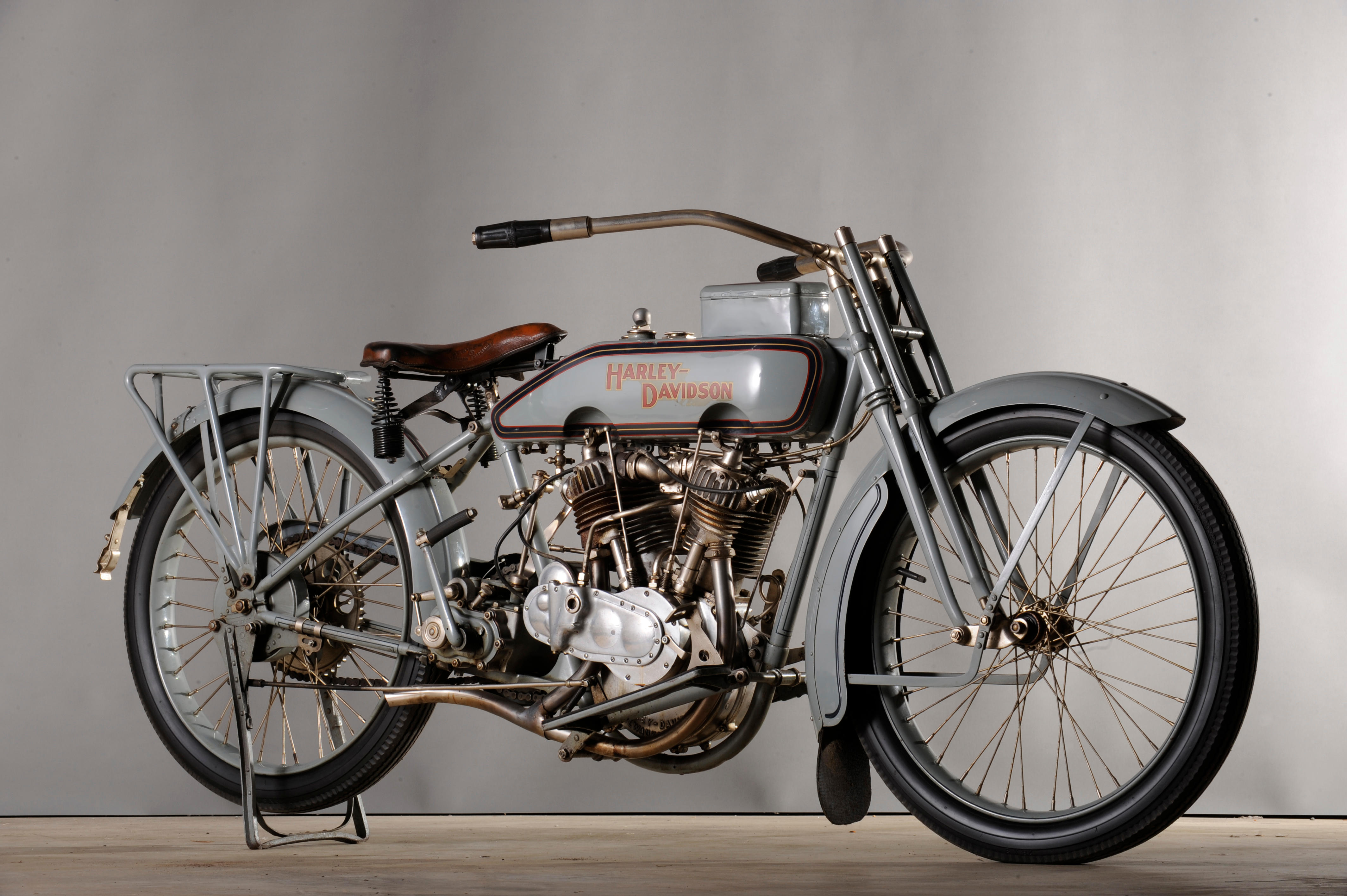
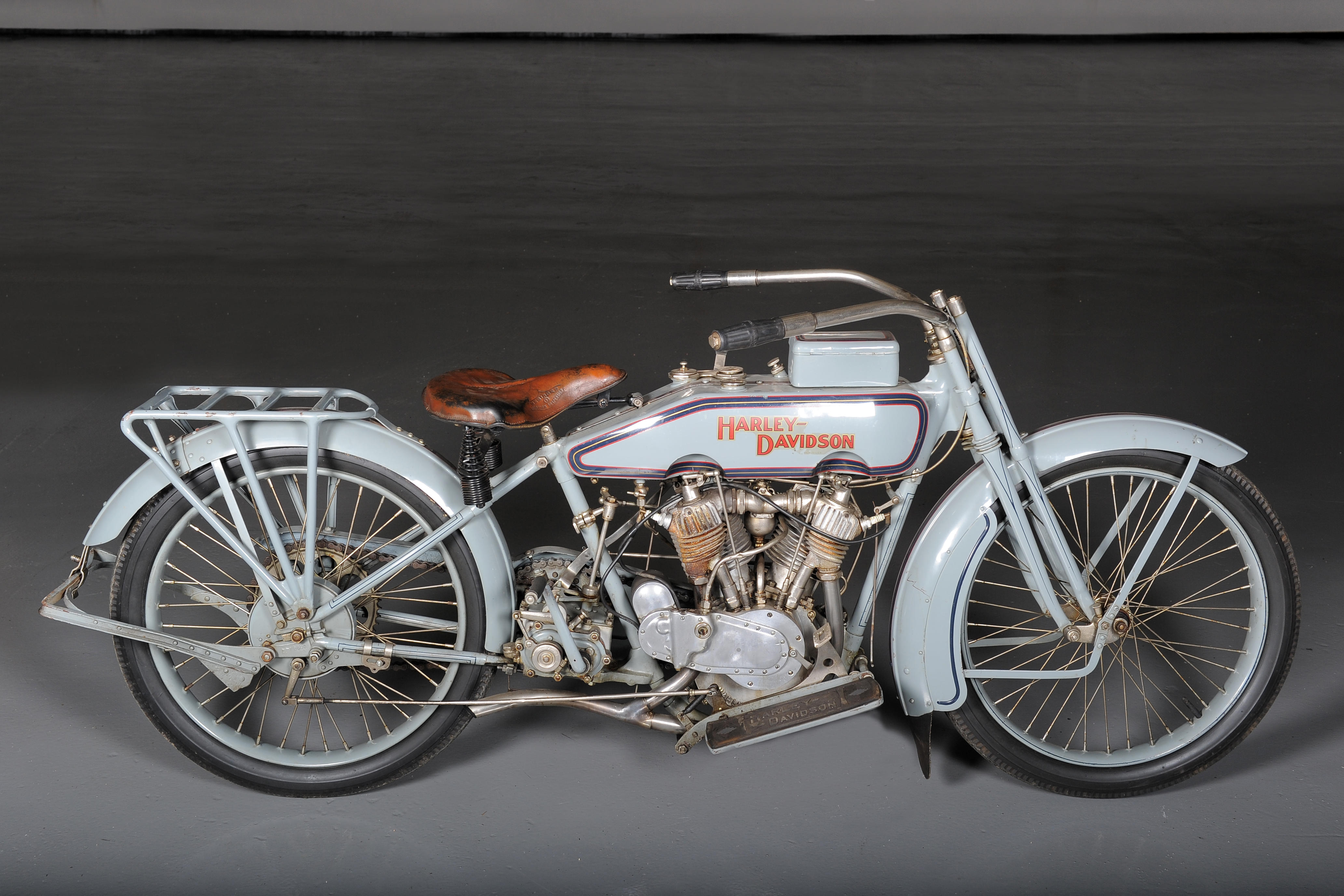
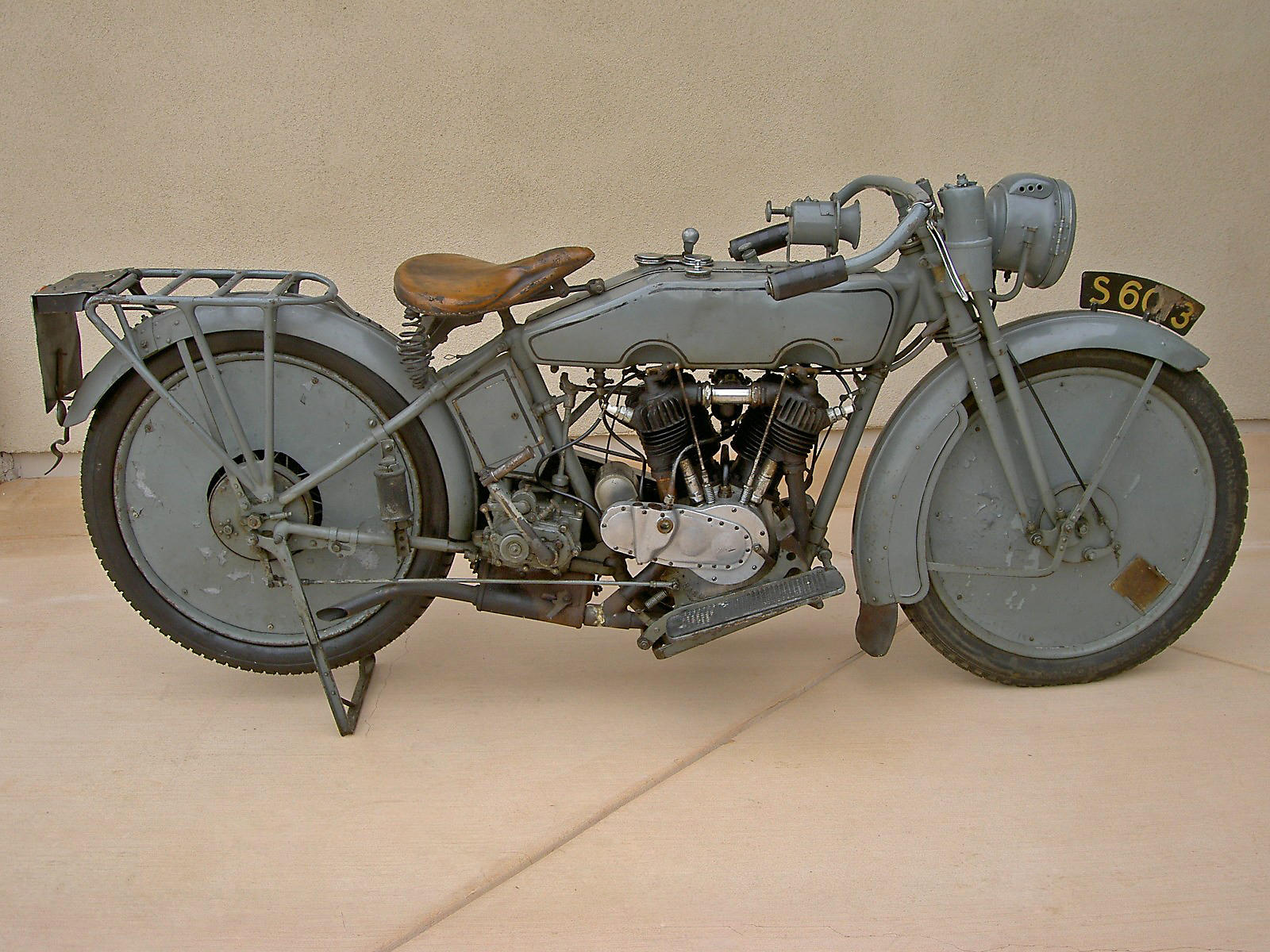
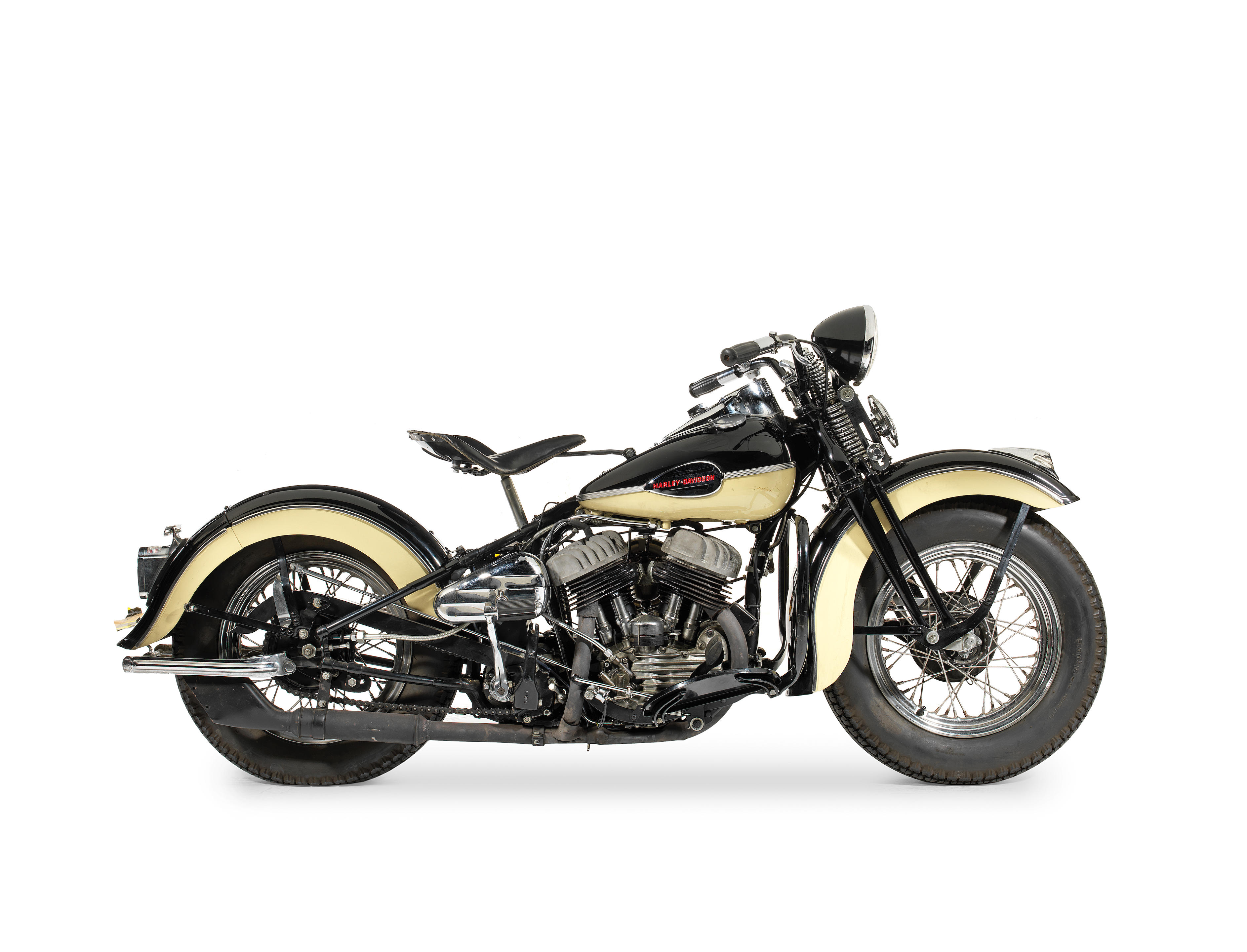
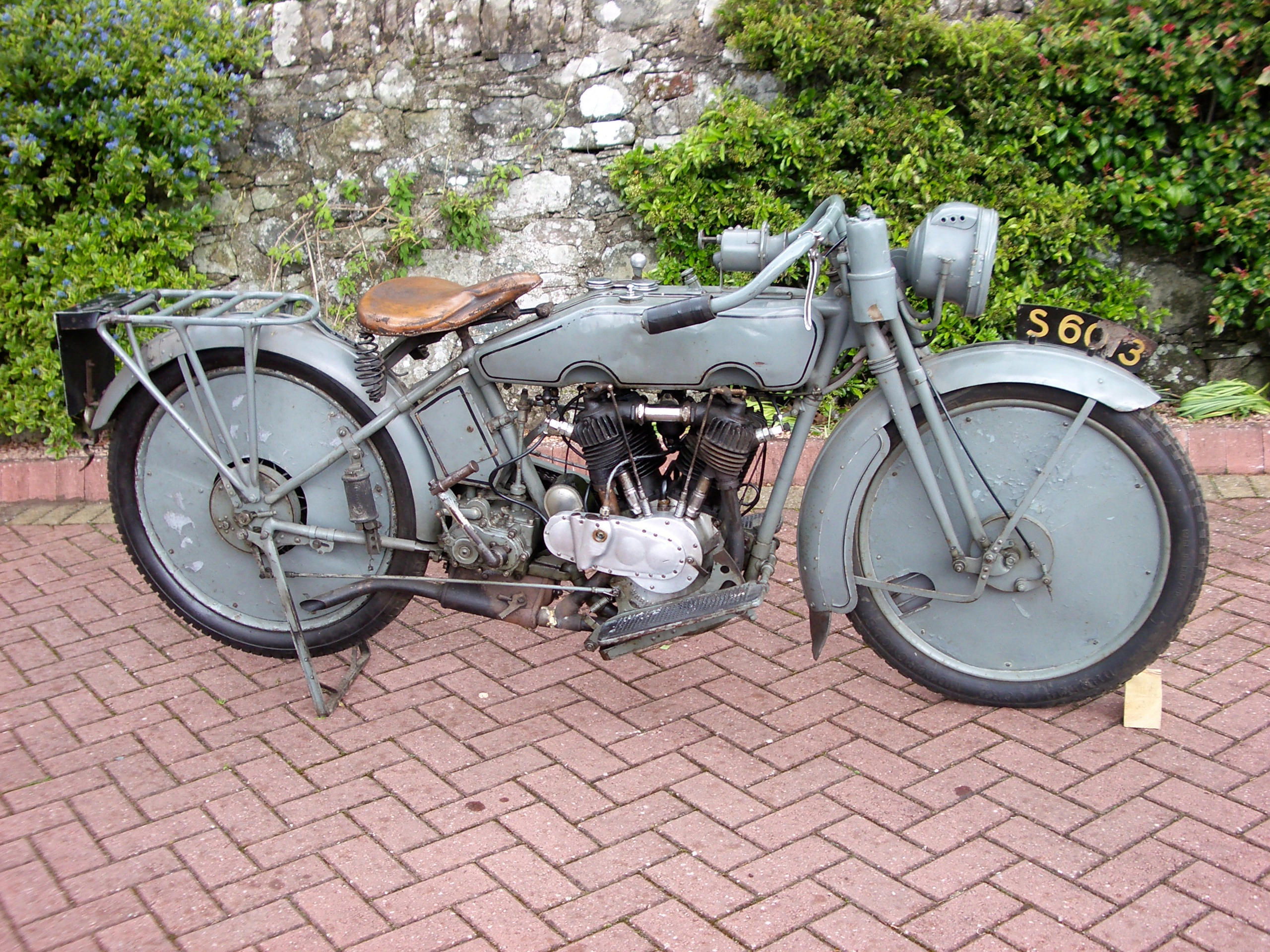
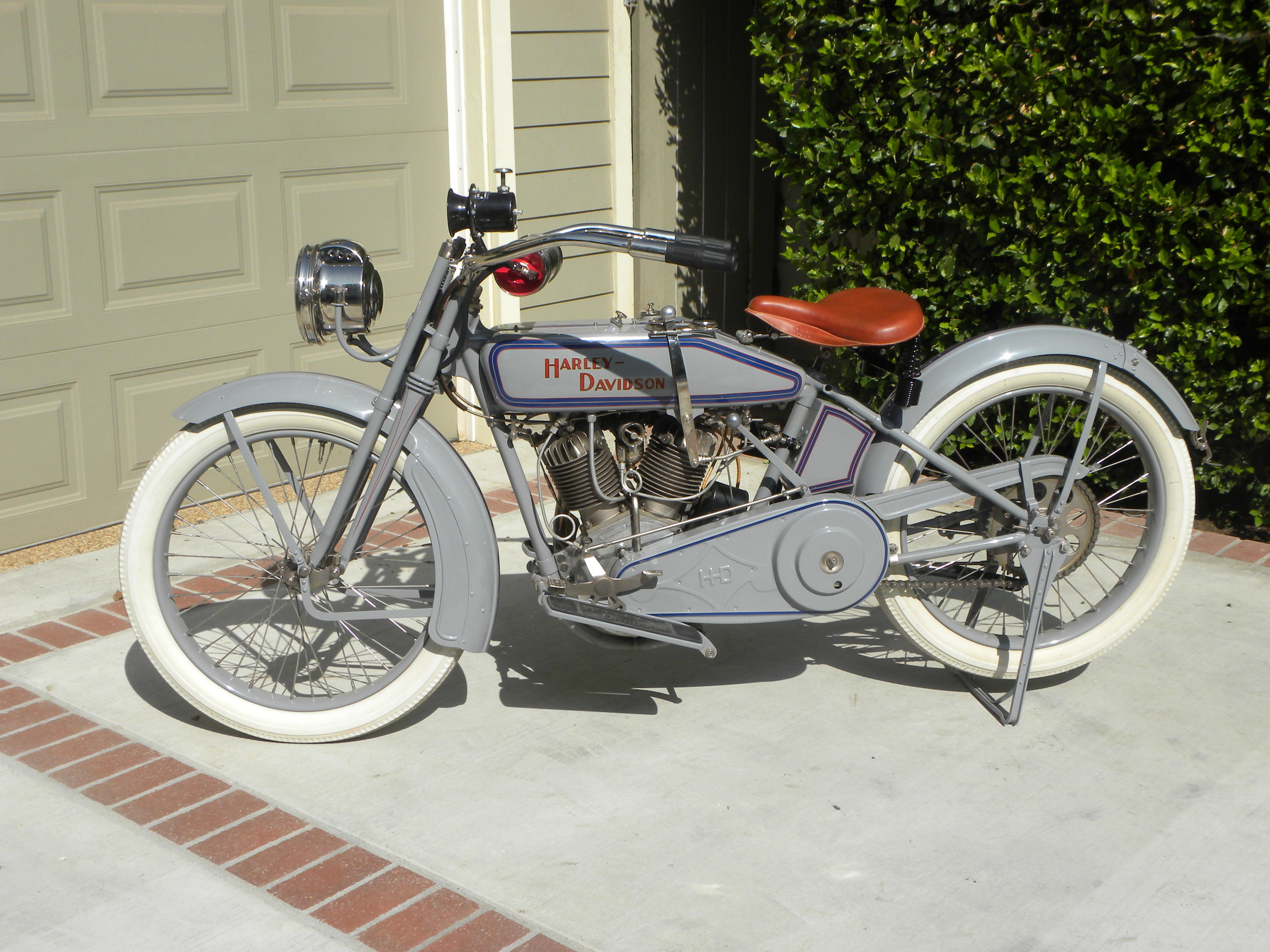

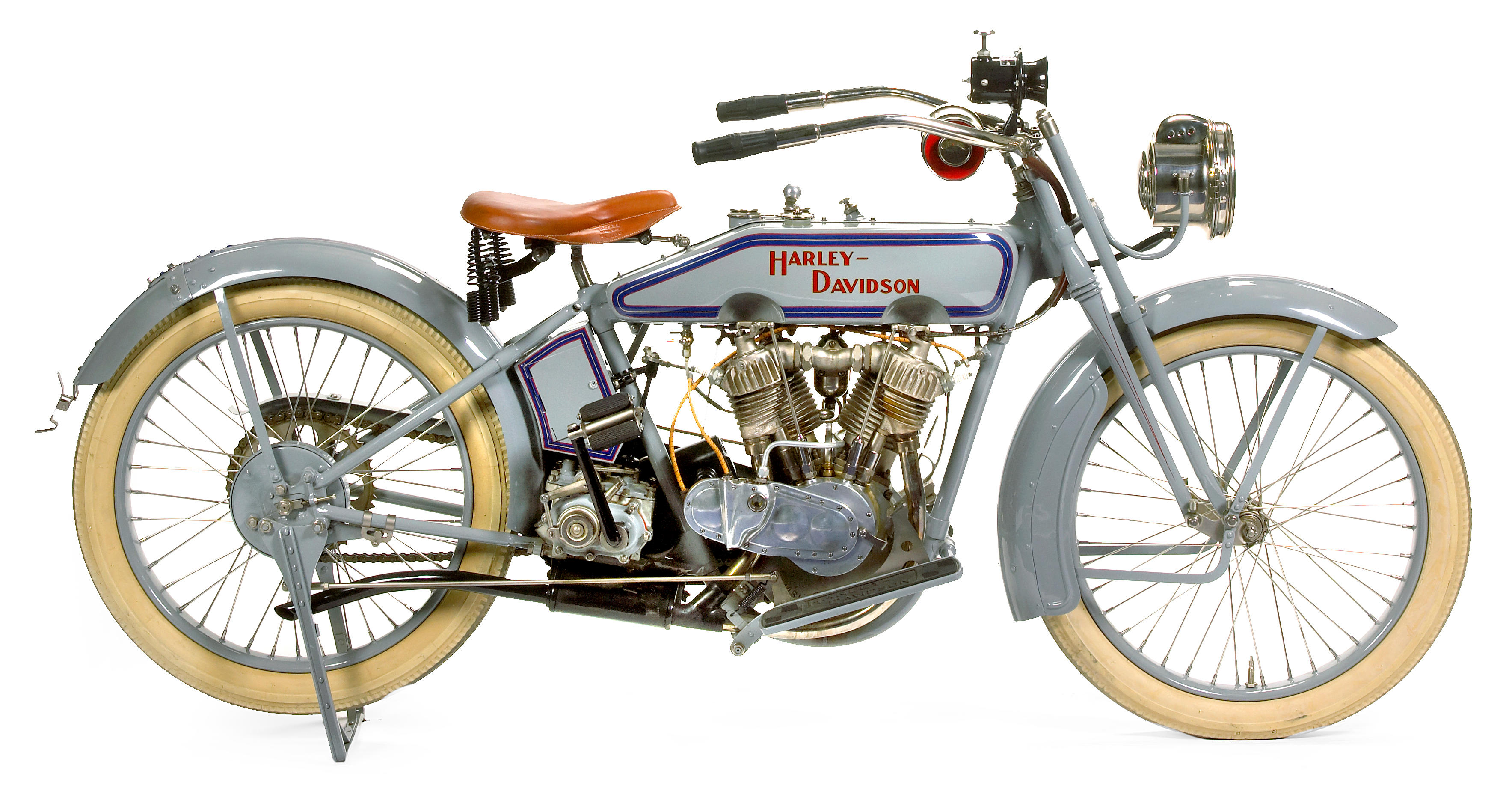
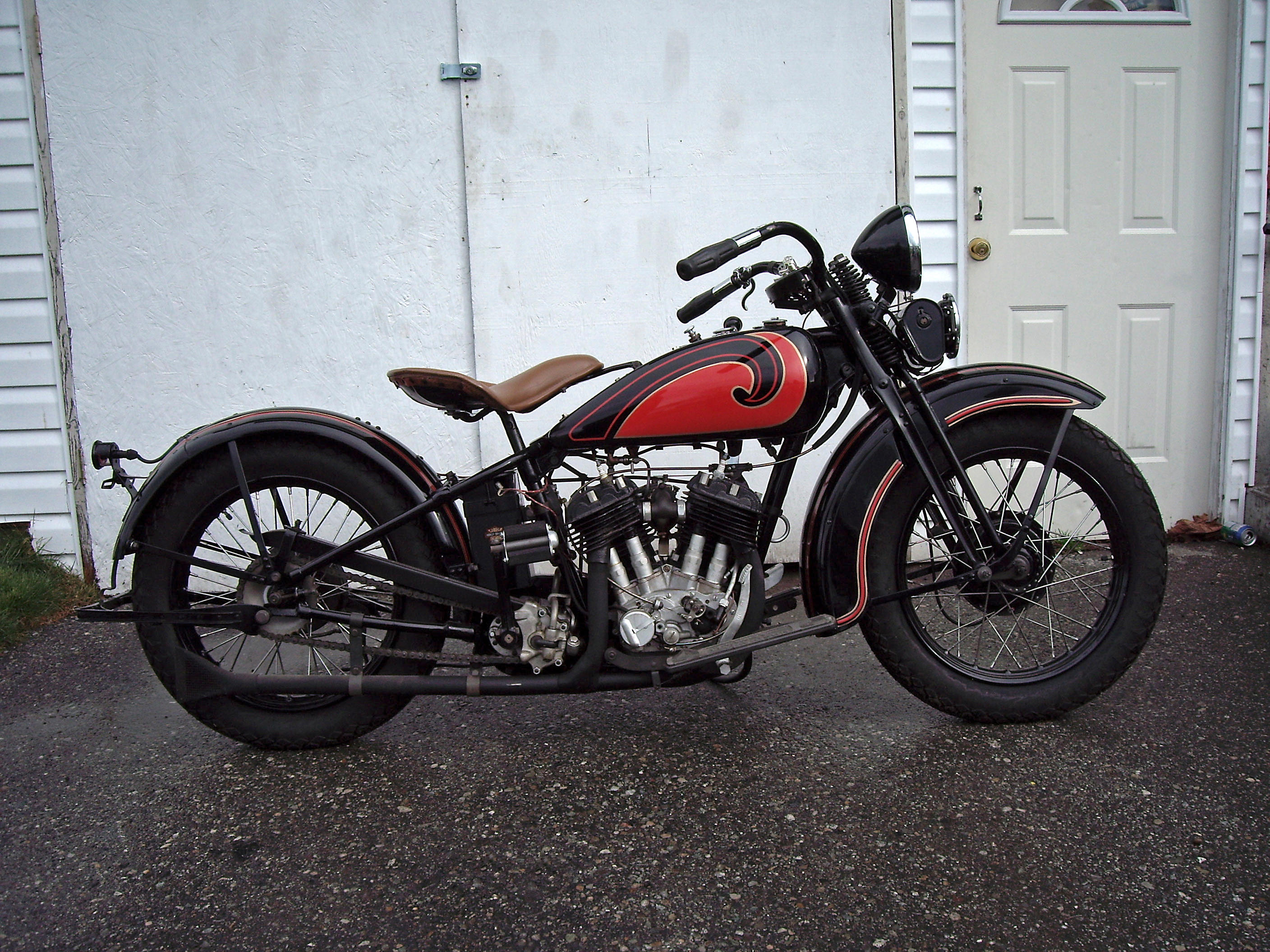
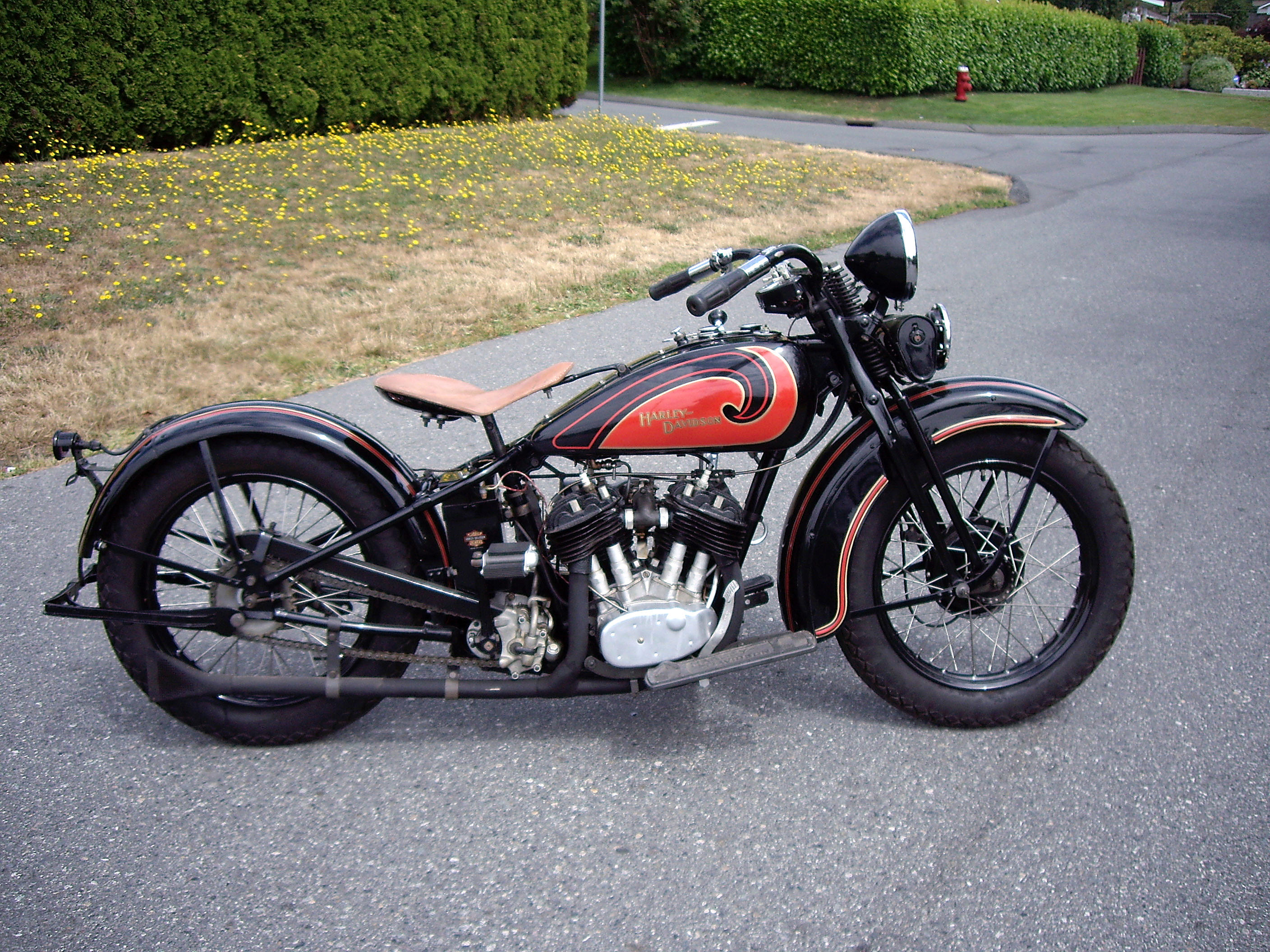
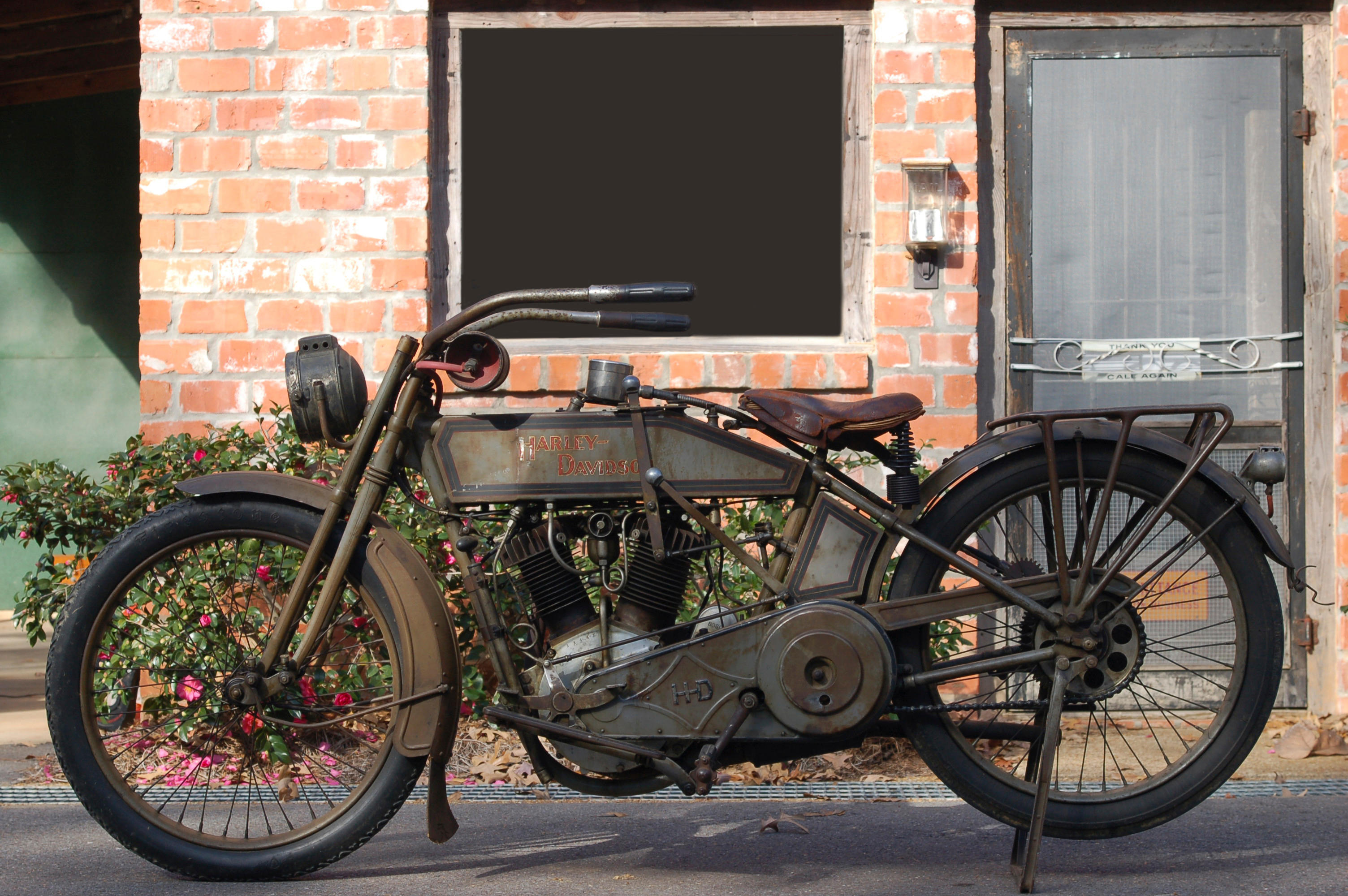
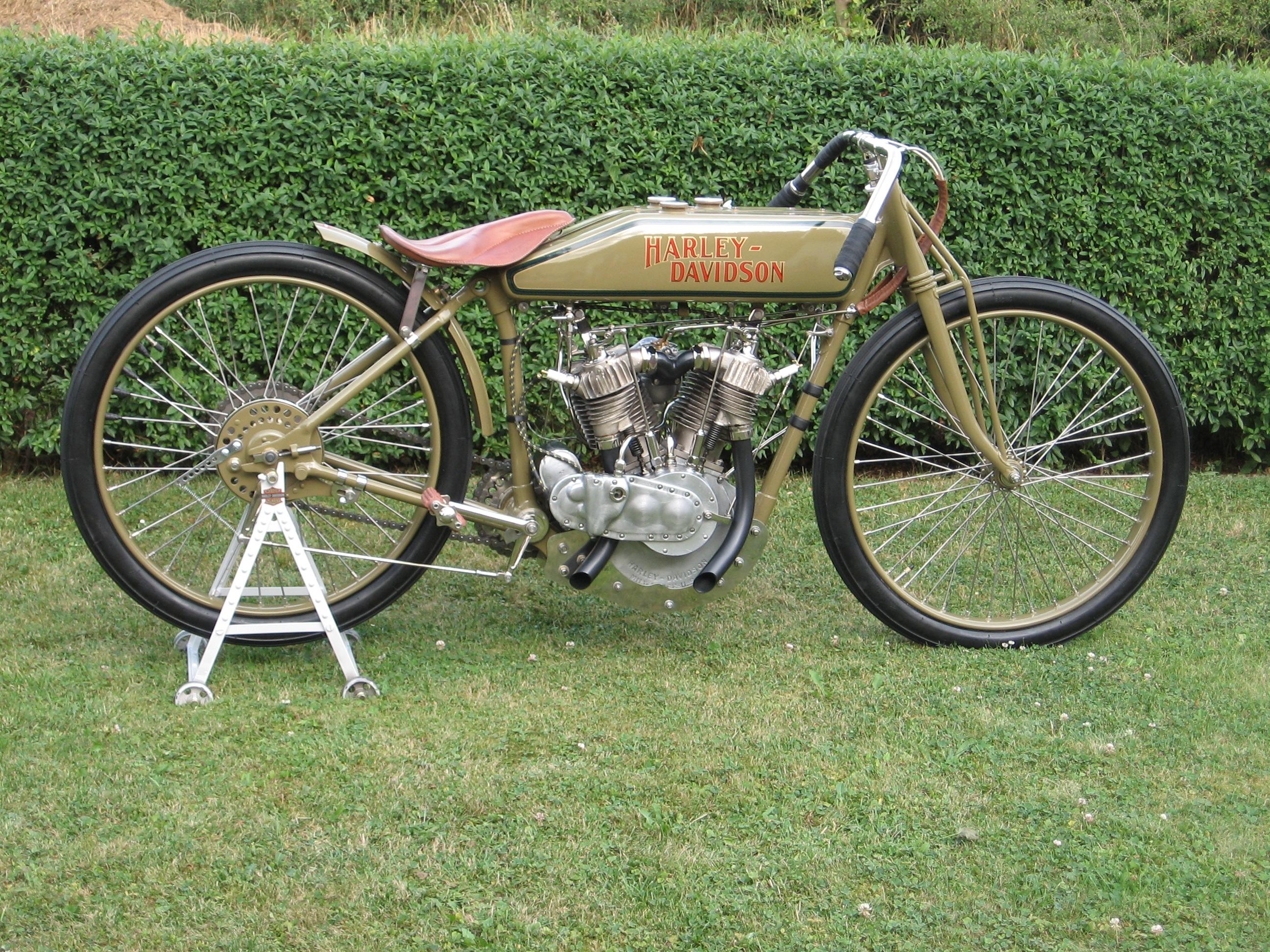
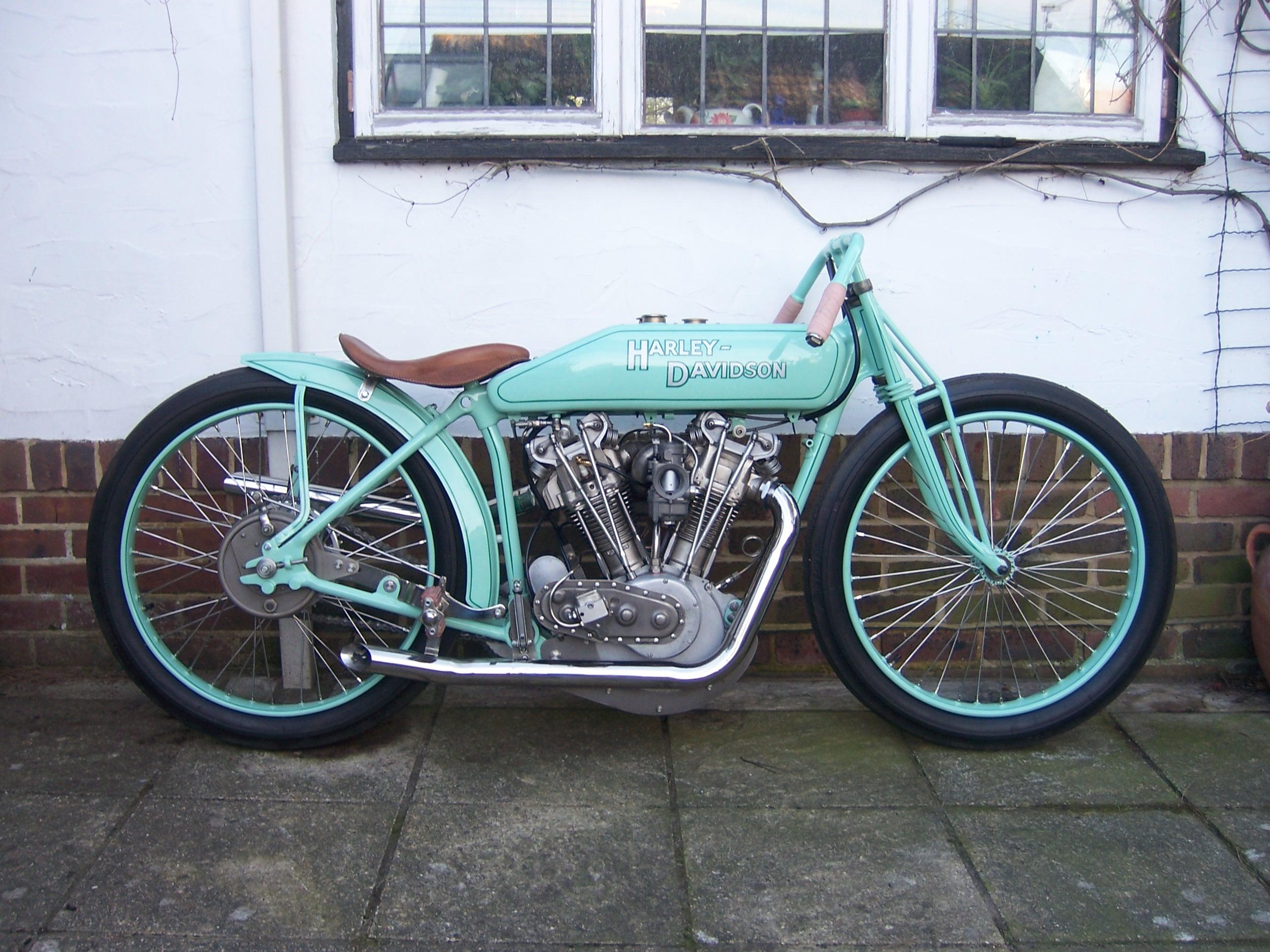
Try LotSearch and its premium features for 7 days - without any costs!
Be notified automatically about new items in upcoming auctions.
Create an alert